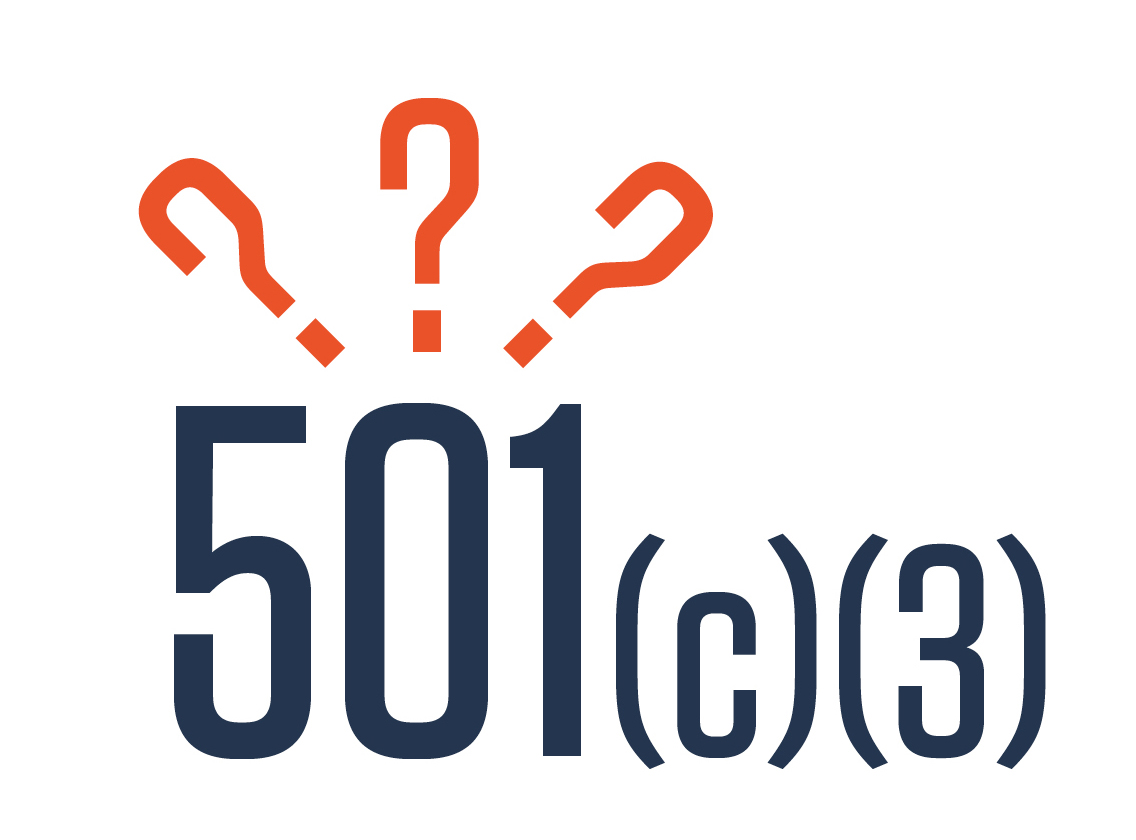Blog
11 Aug Did You Know: Unraveling the Differences Between Goals, Objectives, Outputs, and Outcomes by Roxanne Jensen, Ed.S., GPC
Posted at 16:36h
in Competency Four, Evaluation, Grant Reporting, Program Design, Roxanne Jensen, ED. SPEC.
Writing a successful grant proposal is a challenging task that requires careful planning, a clear vision, and a well-structured approach. Among the essential components of a grant proposal are goals, outcomes, outputs, and objectives. These terms are often used interchangeably or confused with one another, leading to misunderstanding on the funder’s part and potential rejection of the proposal. In this blog, we will delve into the distinctions between these concepts and explore their significance in the context of grant applications.
04 Aug Funding Alert! Opportunities for Libraries and Archives! Institute of Museum and Library Services (IMLS)
Attention librarians, school districts, institutions of higher education, government officials, and archivists! The Institute of Museum and Library Services (IMLS) – is releasing opportunities to address the critical needs of libraries and archives and support the advancement of professional practices. IMLS’s mission is to advance, support, and empower America’s museums, libraries, and related organizations through grantmaking, research, and policy development. Through multiple opportunities to support the unique needs of libraries and archives, IMLS works towards its strategic goals of championing lifelong learning, strengthening community engagement, advancing collection stewardship and access, and demonstrating excellence in public service. The National Leadership Grants for Libraries program is designed to influence practice across disciplines, support current strategic priorities within its field, use collaboration to demonstrate field-wide buy-in and input, and generate new models, tools, research findings, services, practices, or alliances that can be adapted and scaled.31 Jul Did You Know? Nonprofit Organizations and Not-For-Profit Organizations Are Not the Same Thing by Roxanne Jensen, Ed.S., GPC
Posted at 12:48h
in Competency Three, Competency Two, Culture, Funding, Grant Reporting, Grants Management, Organizational Development, Roxanne Jensen, ED. SPEC.
Nonprofits and not-for-profits share many similarities and, in practice, the terms are often used interchangeably. The key similarities and differences between these types of organizations are nuanced. Nonprofits and not-for-profits are mission-driven organizations with a shared purpose of serving the public or charitable needs. They are...
24 Jul Did You Know? Discover the Nine IRS-Approved Activities for 501(c)(3) Status Qualification by Roxanne Jensen, Ed.S., GPC
Did you know that while there are two main types of 501(c)(3) organizations, the IRS has set nine different activities to qualify as a 501(c)(3) organization? Organizations with 501(c)(3) status play a vital role in serving communities and advancing various charitable causes. Known for their tax-exempt status, they are eligible to receive tax-deductible donations, making them appealing avenues for philanthropy. While most of us are aware of these organizations' existence, there might be some intriguing facts yet to be uncovered. In this blog post, we will explore the two main types of 501(c)(3) organizations and delve into the nine different activities outlined by the IRS that qualify for 501(c)(3) status.16 Jul Funding Alert! NEW EDA Recompete Pilot Program for Distressed Communities – Part II: Plan Approval Track
Department of Commerce – Economic Development Administration (EDA) Attention local governments and economic development-focused organizations! The Department of Commerce (DOC) – Economic Development Administration (EDA) – is releasing a brand-new program to create renewed economic opportunity in communities that have for too long been forgotten....
12 Jul Funding Alert! NEW EDA Recompete Pilot Program for Distressed Communities – Part I: Strategy Plan Development
Department of Commerce – Economic Development Administration (EDA) Attention local governments and economic development-focused organizations! The Department of Commerce (DOC) – Economic Development Administration (EDA) – is releasing a brand-new program to create renewed economic opportunity in communities that have for too long been forgotten. The EDA’s mission is to ensure that all communities have a path to economic prosperity. The Recompete Pilot Program will invest in distressed communities to create and connect workers to good jobs in places that need them most. The program specifically targets distressed communities to spur a new chapter of opportunity in those areas. This includes areas where prominent industries have declined or disappeared, were physically separated by highway construction, or endured decades of disinvestment. These may be urban, suburban, or rural areas that have low labor force participation rates that are holding back prosperity. This post provides an overview of the opportunity, focusing on the Strategy Development Grant track. The Recompete Plan track will be highlighted next week.02 Jul Dana Brown Charitable Trust Awards $25,000 Grant to Big Brothers Big Sisters of Southwestern Illinois (BBBSIL)
Big Brothers Big Sisters of Southwestern Illinois (BBBSIL) recently received a grant of $25,000 in general operating support from the Dana Brown Charitable Trust to provide 1:1 youth mentorship to children and youths facing various adversity in the St. Louis metro region of Illinois, aiming to improve their grades, emotional regulation, and overall well-being.24 Jun Funding Alert! NEW HRSA Funding Opportunities for HealthCare Workforce Development and Institution Support!
Department of Health and Human Services – Health Resources & Services Administration (HRSA) Attention institutions of higher education, professional training programs, and hospitals! The Department of Health and Human Services (HHS) - Health Resources & Services Administration (HRSA) – Bureau of Healthcare Workforce (BHW) is releasing brand new funding opportunities. Over the next few weeks, we will highlight the eligibility, purpose, and activities, as well as helpful tips and resources if you are considering applying. HRSA programs provide equitable health care to people who are geographically isolated and economically or medically vulnerable. This includes programs that deliver health services to people with HIV, pregnant people, mothers and their families, those with low incomes, residents of rural areas, American Indians and Alaska Natives, and those otherwise unable to access high-quality health care. HRSA programs also support health infrastructure, including training health professionals and distributing them to areas where they are needed most, providing financial support to healthcare providers, and advancing telehealth.11 Jun Scammers, Beware by Kellie Brungard, GPC
Posted at 13:15h
in Competency One, Competency Two, Industry News, Kellie Brunguard, Organizational Development, Research
In our increasingly interconnected world, the rapid growth of technology has brought numerous benefits and opportunities. However, it has also opened the door to a darker side of the internet: scammers. These individuals or groups employ deceitful tactics to exploit unsuspecting individuals, leading to financial loss, identity theft, and emotional distress. In 2023, we find ourselves facing an alarming surge in scamming activities, with perpetrators becoming increasingly sophisticated in their approaches. The Federal Trade Commission reported $660 million in losses due to business imposters, a significant increase from $196 million in 2020. This article aims to shed light on the specific ways scamming has grown in 2023 and offers practical tips to help you stay vigilant and protect yourself in this rapidly evolving digital landscape.










